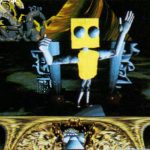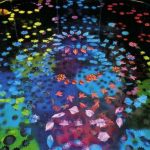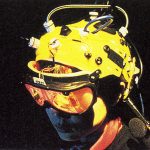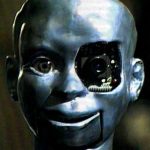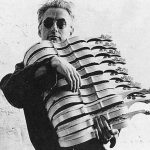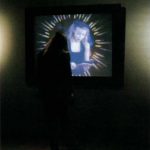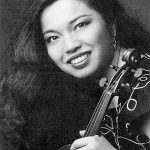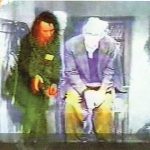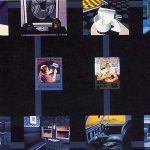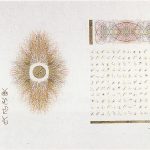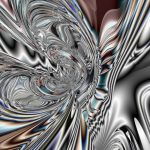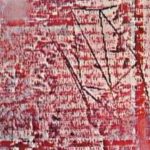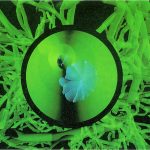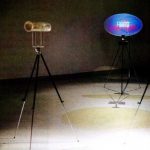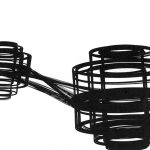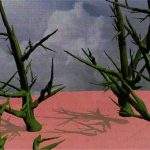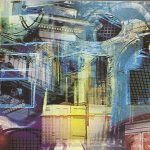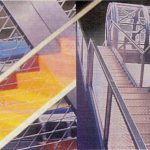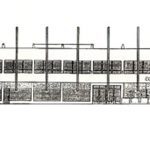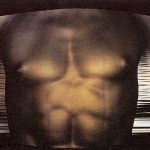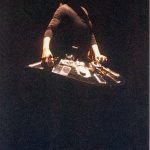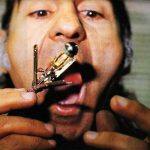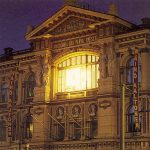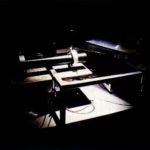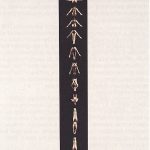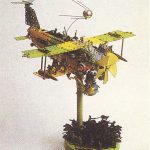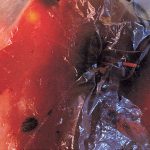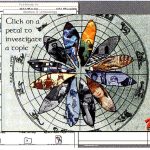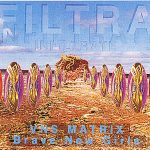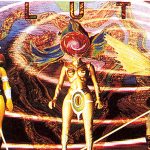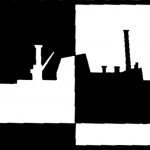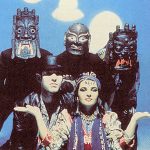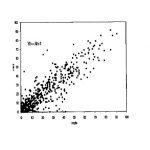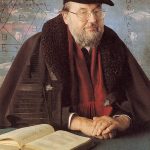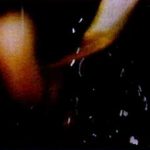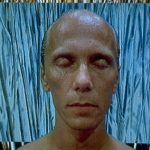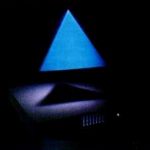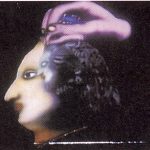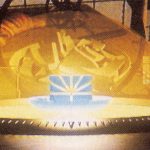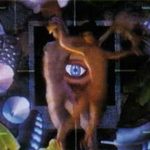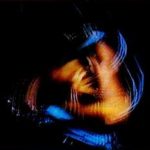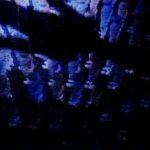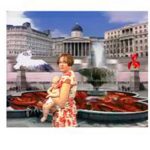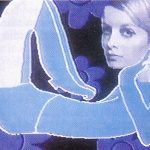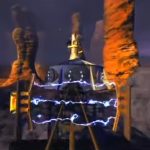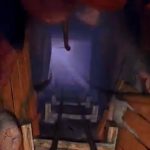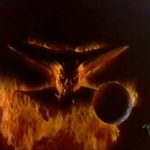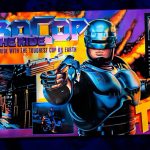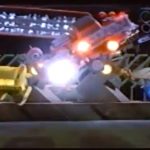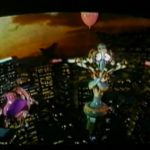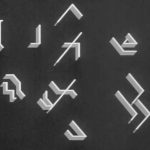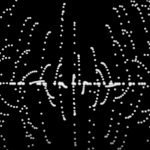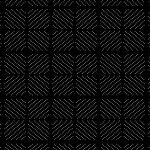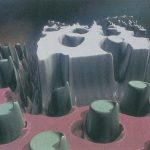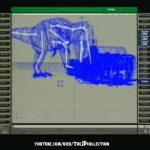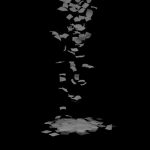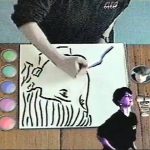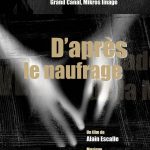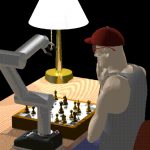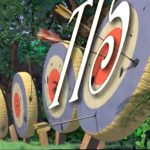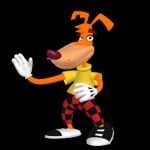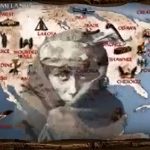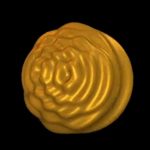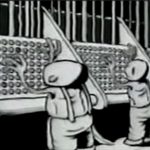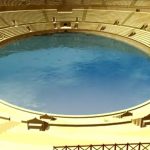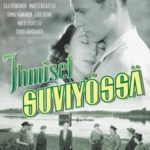ISEA94 Art Event Overview
ISEA94: [Overview] [Venues] [Presentations] [Workshops] [Art Events] [Gallery]
-
Art Exhibitions:
Tuula Arkio: Welcoming Address
Jon Rose: Violin Music in the Age of Shopping – interrupted improvisations around the Museum
The ISEA94 Art Exhibition organizing committee consisted of:
- Asko Mäkelä
- Päivi Talasmaa
- Jukka Mallinen
- Maija Elo
- Erkki Huhtamo
The Art Show of ISEA94 is an international exhibition of cutting-edge electronic art projects. The 29 projects of the show display a variety of techniques and styles, with emphasis on interactive, telematic and network technologies and a thematic focus on Women and Technology, Media Archaeology, Collective/Personal Memory – not to mention the humorous aspects of today’s technology. [Read more]
-
Art Show of ISEA'94: The Next Generation-Introduction
Art Show of ISEA'94: The Next Generation-Interactivity
Art Show of ISEA'94: The Next Generation-Multimedia
Art Show of ISEA'94: The Next Generation-Visualization
Art Show of ISEA'94: Spacescapes-Introduction
Art Show of ISEA'94: Spacescapes-Arch-design
Art Show of ISEA'94: Spacescapes-Body
Art Show of ISEA'94: Spacescapes-Soundscapes
Art Show of ISEA'94: Spacescapes-Cave
Art Show of ISEA'94: High & Low - Introduction
-
 An Anecdoted Archive From The Cold ...
An Anecdoted Archive From The Cold ...
[Legrady]
(Art Exhibition) (Installation Art) (Interactive Monitor-Based) Plasm: A Country Walk
Plasm: A Country Walk
[Broadwell] [Fuson] [Myers]
(Art Exhibition) (Installation Art) (Interactive Monitor-Based)
Art Show of ISEA'94: High & Low - East/West
Art Show of ISEA'94: High & Low - East/West: Conversion: Russian Media Artists Working with Military Technology
Curator(s)/Director(s)/Producer(s):
-
A show at the Guelman Gallery in Moscow and exhibited at the Customs Office and Warehouse Building, Helsinki.
In Russia, a peculiar relationship between art and new technology has always been predominant. The technical innovations were for a long time regarded as follies, something one really did not believe in. Still in the 70’s, a normal audio magnetophone was considered dissident. The possibility of manipulating information with technology was the privilege of the State. The only official centers for new technology were provided by corporations of the military complex. This is why “Conversion” – the recycling of military technology for peaceful purposes – became synonymous for the “Eastern way” as opposed to the “Western way”. lSEA94 premieres the new works of the Conversion art project, silently prepared for six months.
The exhibition features works by
- Nikita Gashunin – Global Ambitions
- Savadov & Senchenko – Work in progress
- Gia Rigvava – You Can Trust Me, You Are Powerless
- AES Group – Work in progress
In Russia, a peculiar relationship between art an... [Read more]
Curator(s)/Director(s):
Art Show of ISEA'94: High & Low - Gender/Blender
Art Show of ISEA'94: High & Low - Global/Local
Art Show of ISEA'94: High & Low - Artists in Cyberculture
Art Show of ISEA'94: Electronic Education
Electronic Verse
Electronic Theatre:
- The computer represents the same chameleon technology as video, although they have given names to two different forms of art (video art/ computer art). The definitions describe the art forms' contents as well as the technology used in them. Video art has its roots in experimental music, performance art, feminist theory of the image and the everyday use of video, as well as in the conventions of traditional cinema and television. The computer can be understood as a language as well as a form of technology. It is an universal media, encompassing the typewriter as well as the 3 D animations that aim towards perfect likeness with the reality. From the artistic point of view, the universality of the computer can be seen as a dilemma that escapes our definition. "Computer art" can be anything that copies or replaces former visual technology. So far, the computer has not created its own independent reality that would fulfill Gene Youngblood's absolute definition of the computer art: "art that is not possible to create by other means." Computers are widely used in the audiovisual technology due to their excellent editing properties. They have become an essential part of the working process... [Read more]
-
Digital Narrative: Program 1: Selected ISEA94 Work
Program 2: The Ride of Your Life
Program 3: Larry Cuba, A Retrospective
Program 4: Prix Ars Electronica ’94
Program 5: Animated Novelties
2 Soirees of Finnish Movies
Curator(s)/Director(s):
Concerts & Performances:
-
The Next Generation-Composition
The Virtuosos
e-club
A Soirée of Electronic Verse by the Living Poet’s Society

